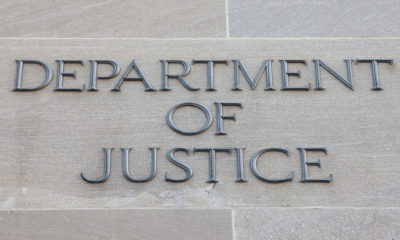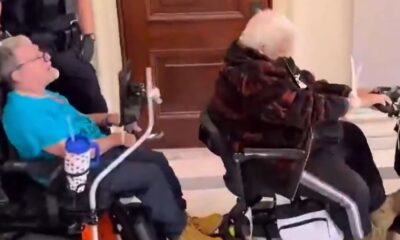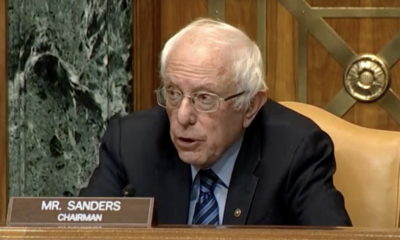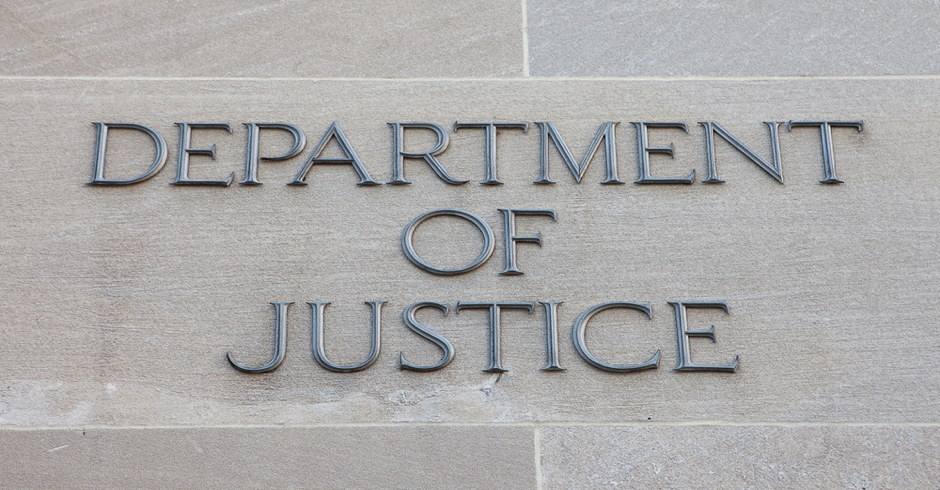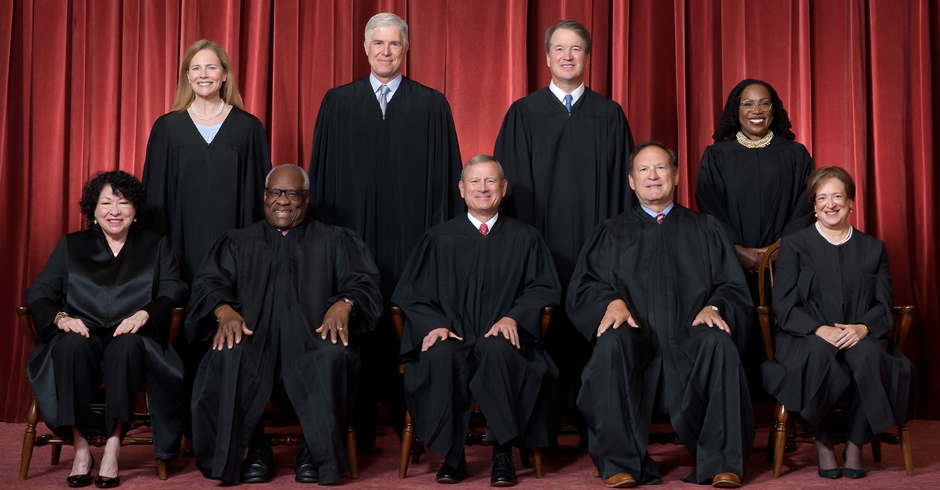News
‘Not Good’: Trump Proposes ‘Getting Rid of’ FEMA, Conditioning California Aid on Voter ID
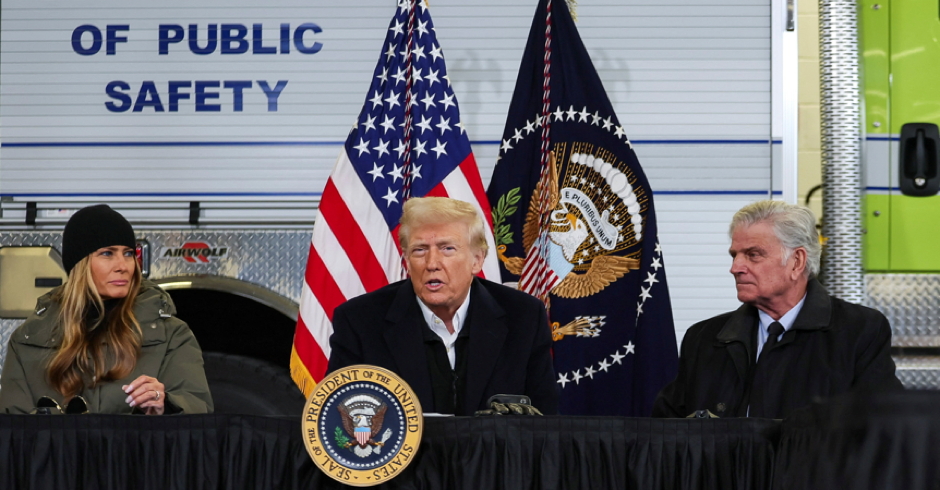
President Donald Trump intensified his attacks on the Federal Emergency Management Agency during a visit to Hurricane Helene-damaged parts of North Carolina on Friday, announcing he is planning on reforming or “getting rid of FEMA,” and proposed an unprecedented move to condition disaster relief on the passage of a voter ID law by California’s lawmakers, “as a start.” Trump’s trip, which will include travel to California later Friday, appears designed to target the emergency management agency, which he has been criticizing for months.
In what appeared to be scripted remarks, Trump later elaborated that he would “sign an executive order to begin the process of fundamentally reforming and overhauling FEMA, or maybe getting rid of FEMA. I think frankly, FEMA’s not good. I think when you have a problem like this, I think you want to go and, uh, whether it’s a Democrat or Republican governor, you want to use your state to fix it and not waste time.”
“Calling FEMA and then FEMA gets here and they don’t know the area,” Trump claimed. “They’ve never been to the area and they want to give you rules that you’ve never heard about, they wanna bring people that aren’t as good as the people you already have,” he alleged.
“FEMA turned out to be a a disaster. And you could go back a long way, you could go back to Louisiana, you could go back to some of the things that took place in Texas. And it turns out to be the state that ends up doing the work. It just complicates it. I think we’re gonna recommend that FEMA go away. And we pay directly and we pay a percentage to the state, but the state should fix it.”
RELATED: Is Trump Using Project 2025 to Eliminate FEMA?
In his wide-ranging remarks, President Trump also claimed that “rather than going through FEMA,” disaster relief aid to California and North Carolina “will go through us,” meaning, through his administration. FEMA is a federal government agency under the wide umbrella of the U.S. Department of Homeland Security. The president nominates the HHS Secretary, a cabinet level official, and the FEMA administrator.
Trump claims that disaster aid for North Carolina and California will go through his administration instead of FEMA pic.twitter.com/oEyg1injoA
— Aaron Rupar (@atrupar) January 24, 2025
And Trump appeared to say that he will assign Republican National Committee chairman Michael Whatley to manage financial aid to North Carolina, removing FEMA from the state.
“Trump also said FEMA would not be involved in further relief efforts and instead suggested that Whatley, North Carolina Governor Josh Stein (D), and a trio of Republican House members would be working with the White House directly because the agency ‘hasn’t done the job,'” The Independent reported.
“I wanna see two things in Los Angeles,” Trump also told reporters late Friday morning, “voter ID so that the people have a chance to vote, and I want to see the water be released and come down into Los Angeles and throughout the state. Those are the two things. After that, I will be the greatest president that California ever has ever seen.”
“I want the water to come down and come down to Los Angeles and also go out to all the farm land that’s barren and dry,” Trump claimed. This week the President appeared to suggest that water runs only north to south.
READ MORE: Danish MP Follows Profane Message to Trump With Warning to Greenlanders on US Civil Rights
“So, I want two things,” Trump repeated, “I want voter ID for the people of California. They all want it. Right now you have no, you don’t have voter ID. People want to have to voter identification. You wanna have proof of citizenship. Ideally, you have one-day voting, but I just want voter ID to start, and I want the water to be released, and they’re gonna get a lot of help from the U.S.”
Trump on disaster aid to California: “I want to see two things in Los Angeles. Voter ID, so that the people have a chance to vote, and I want to see the water be released and come down into Los Angeles and throughout the state. After that, I will be the greatest president that… pic.twitter.com/JLsFicyyes
— Aaron Rupar (@atrupar) January 24, 2025
Trump later responded to a reporter’s question about his remarks on ending FEMA, calling the agency “a very big disappointment” that costs “a tremendous amount of money.” He alleged, “they end up in arguments if they’re fighting, all the time over who does what, it’s just it’s just not a good system.”
“I think it’s, I think when there’s a, uh, when there’s a problem with the state, I think that that problem should be taken care of by the state. That’s what we have states for. They take care of problems, and a government can handle something very quickly,” Trump said, appearing to not mention the scope of FEMA’s actions, responsibilities, and resources.
Jordan Weissmann, reporter for Yahoo Finance covering federal agencies, offers this explanation on California water: “The water issue Trump is fixated on doesn’t really have anything to do with the wildfires. It’s a fight between Central Valley farmers and Northern California farmers and environmentalists about who gets more fresh water.”
Watch the videos above or at this link.
READ MORE: Trump’s J6 Pardons Are ‘High Crime’ and ‘Abuse of Power’ Legal Expert Says
Image: Trump, First Lady Melania Trump and Franklin Graham in North Carolina Friday, via Reuters
Enjoy this piece?
… then let us make a small request. The New Civil Rights Movement depends on readers like you to meet our ongoing expenses and continue producing quality progressive journalism. Three Silicon Valley giants consume 70 percent of all online advertising dollars, so we need your help to continue doing what we do.
NCRM is independent. You won’t find mainstream media bias here. From unflinching coverage of religious extremism, to spotlighting efforts to roll back our rights, NCRM continues to speak truth to power. America needs independent voices like NCRM to be sure no one is forgotten.
Every reader contribution, whatever the amount, makes a tremendous difference. Help ensure NCRM remains independent long into the future. Support progressive journalism with a one-time contribution to NCRM, or click here to become a subscriber. Thank you. Click here to donate by check.
 |



